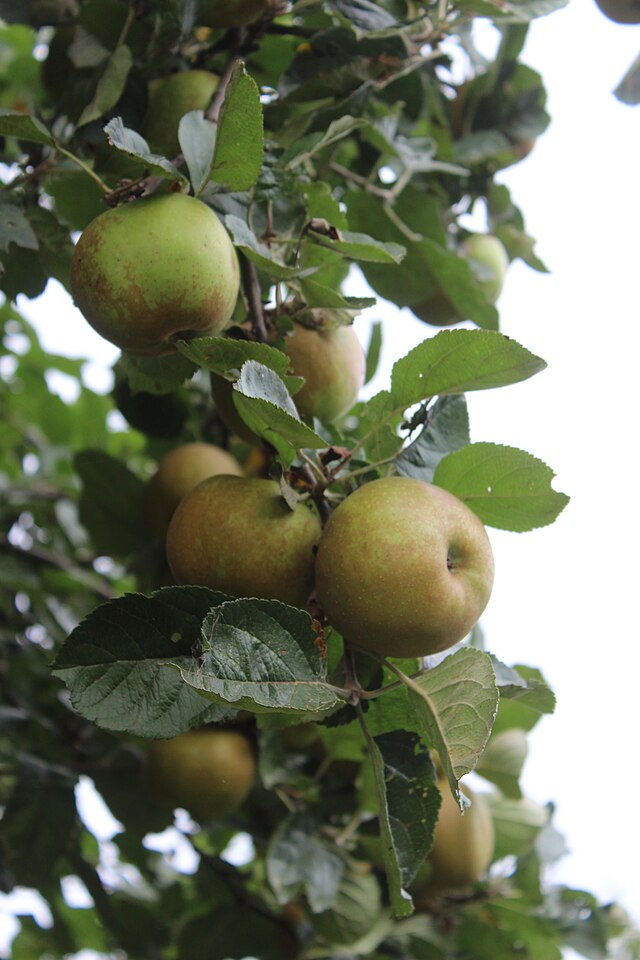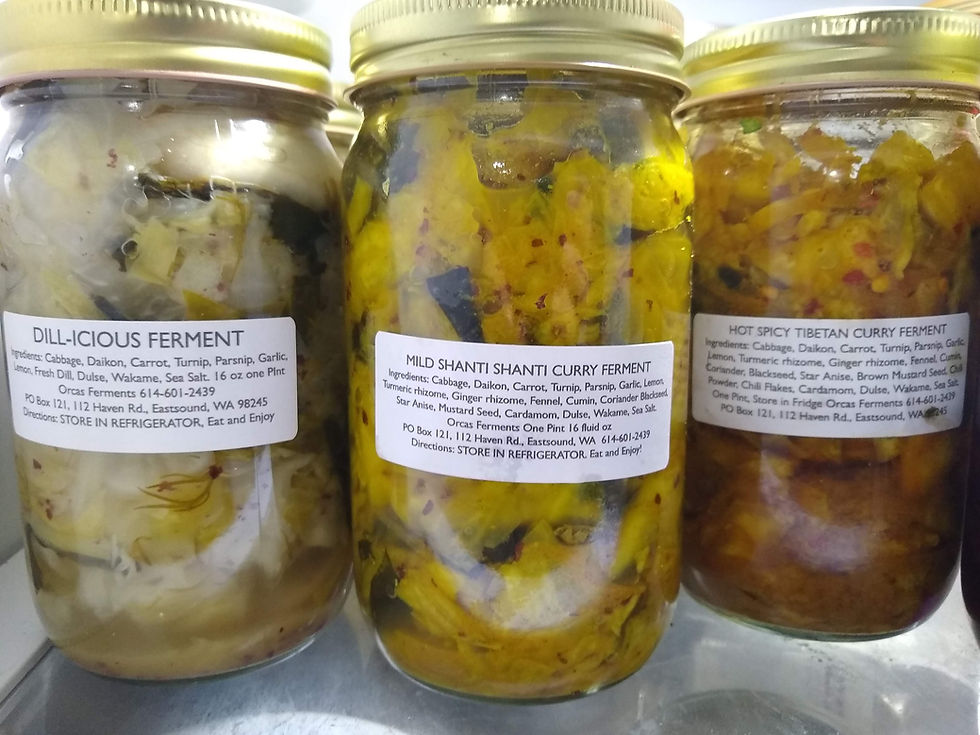From Soil to Cell: How Nutrient-Dense Gardens and Landscapes Rebuild Human Resilience
- Tamayo
- Oct 28
- 7 min read
Updated: Nov 1
Longevity doesn’t start at the gym — it starts in the garden.
Before a seed is sown or a spade breaks ground, the soil must be understood — not as matter, but as memory. Every bed, every orchard, every edible landscape inherits a story: what was built here, what was buried, what was broken.
The first act of cultivation is not planting — it’s inquiry. Test the soil. Read its chemistry and its silence. Some soils are burdened --with metals, residues, or exhaustion from years of extraction. Others are simply asleep, waiting to be woken. You must know which you have before asking it to feed you and your family.
If the soil is burdened, the harvest will carry its weight and symptoms.
A sound soil hums with unseen life. It carries the pulse of microbes, the threads of fungi, the slow intelligence of decay. It breathes, digests, and reforms. Sound soil is not sanitized; it’s symphonic. It is free of poisons but rich in conversation--bacteria speaking to roots, carbon to calcium, rot to renewal.
To restore a soil is to rekindle that dialogue. Compost mends structure. Biochar holds memory. Mycorrhizae weave trust between species. Cover crops heal the skin. In this way, the ground remembers how to be generous again.
True soil health is metabolism--the quiet conversion of death into nourishment, mineral into flavor, sunlight into sweetness. The nutrient density of a carrot, the vitality of a plum, the strength of a leaf--all are reflections of the microbial order beneath them.
This is where the story begins: not in the seed or the spade, but in the earth’s capacity to renew itself. The landscape’s flavor is decided long before the harvest, in the dark negotiations below our feet--where soil learns to feed, and we learn to listen.

I send one letter a month from the field— a field note, a mistake, a story, a discovery. If that sounds like your rhythm, please come along by subscribing.
The Cultural Memory of Foodscapes
Every garden is a record of decisions: what to grow, what to share, what to remember. The ground keeps those memories longer than we do. You can read them in the strata: charcoal from the first burn pile, shards of pottery, a seed once traded across an ocean. Soil remembers what we valued and what we forgot.
Once, landscapes were our libraries. The medieval herb gardens of Europe mapped healing knowledge in the shape of crosses. The terraces of the Andes stitched altitude to appetite, teaching maize to climb the sky. Across the Americas, indigenous gardeners composed polycultures that sang in chorus--beans feeding corn, corn shading squash, roots mining minerals the way memory mines meaning.
In those older worlds, “nutrient density” was not a metric, not a goal; it was a covenant. Biodiversity was insurance, flavor was testimony, and deep-rooted perennials held the minerals of centuries. People did not simply eat from their landscapes, they conversed with them.
The orchard was once our longest story. A graft was a promise extended through time: one generation shaping wood for the next to harvest. Each tree carried a lineage of taste--a scion passed from hand to hand, root to root. Modern design can reawaken that lineage, not through nostalgia but through restoration--rebuilding edible ecologies that remember where nourishment came from.
To plant with intention is to write oneself back into that record. A garden is a text written in living syntax--soil as ink, roots as script, fruit as punctuation. What we grow reveals what we believe in: continuity, generosity, repair, longevity and vitality.
But in our forgetting, the soil has thinned--and so have we. The foods that once sustained vitality now deliver only calories; the landscapes that once stored wisdom now erode beneath chemical haste. Nutrient density is not a luxury--it is the measure of whether our landscapes still know how to feed us.
To restore nutrient density is to restore relationship: between people and place, plant and microbe, appetite and meaning. It is the new covenant, the modern form of reverence. And that is where science must return--not to extract, but to remember what the old gardeners already knew: that health is not grown; it is grown into.
Rebuilding the Chemistry of Wellness in Nutrient Dense Gardens
Science, to me, is simply curiosity made disciplined--a formal way of asking what the old gardeners already knew by touch. To understand nutrient-dense landscapes, we must look again into the chemistry of wellness, not as detached observers but as participants in a living equation.
Every atom that enters our bodies begins as a mineral dissolved in soil. Calcium binds structure, magnesium fuels photosynthesis, selenium shapes the immune chorus. The chain is direct and unromantic: if the soil lacks these elements, so will our food, and so will we.
Modern agriculture broke that chain. The chase for yield replaced the pursuit of vitality; chemistry was simplified to NPK--a shorthand that feeds growth, not nutrition. Crops swelled, but the mineral spectrum thinned. In less than a century, the nutrient content of fruits and vegetables has fallen by as much as eighty percent. Flavor followed it down.
The science of nutrient density begins by acknowledging this loss. Healthy soil is not defined by inputs but by function--the microbial negotiations that make minerals bioavailable, that fix nitrogen without extraction, that build humus instead of eroding it. A teaspoon of living soil holds more intelligence than any laboratory, because it understands reciprocity: every exchange is mutual, every waste a beginning.
Tools like sap analysis, Brix testing, and plant tissue sampling are not replacements for intuition, they are confirmations. They tell us what the soil is whispering: that balance is everything, that diversity begets density, and that health is measurable because it is visible in the sheen of a leaf, the taste of a tomato, the vibrancy of a child who eats from a garden instead of a package.
To rebuild the chemistry of wellness, we must return to living systems. Feed the microbes that feed the roots that feed us. Replace extraction with collaboration, amendment with amendment’s memory. Compost, biochar, cover crops, fungal networks--these are not trends; they are instruments in the oldest orchestra on earth.
In the end, nutrient-dense landscapes are not about producing more food, they are about producing more life. Science gives us the vocabulary to describe what the soil and story already teach: that the health of the land is inseparable from the health of the body, and both depend on how deeply we are willing to listen to the ground.
Let us help you design for beauty and longevity. Get in touch with us today.
FAQ: Nutrient-Dense Landscaping
1. What is a nutrient-dense landscape?
A nutrient-dense landscape is one designed to grow food rich in minerals, antioxidants, and flavor--food that nourishes more than it fills. It begins with biologically active soil and diverse planting systems that cycle nutrients naturally. The goal is not just yield, but vitality: to cultivate a landscape that feeds both body and ecosystem.
2. Why is nutrient density important?
Because health starts below the surface. Modern agriculture has stripped much of the mineral content from our soils, and what’s missing there is missing in us. Nutrient-dense design rebuilds that chain of wellness--restoring microbial balance, soil carbon, and mineral diversity so food becomes medicine again.
3. How do I know if my soil is nutrient-poor?
Run a comprehensive soil test before planting. Look beyond N-P-K: test for trace elements, organic matter, and potential contaminants. Signs of poor soil health include low biological activity, compaction, and plants that lack vigor or flavor. A living soil should smell earthy, not chemical or sour, and teem with life when turned.
4. Can I improve my soil naturally?
Yes. Compost, biochar, mycorrhizal inoculants, and mineral amendments can restore soil structure and chemistry. Cover crops protect and feed the microbiome. Avoid synthetic fertilizers and pesticides that disrupt biological networks. True fertility builds over seasons, not applications.
5. What kinds of plants belong in a nutrient-dense landscape?
Diversity is the rule. Diversity is resilience. Mix annual vegetables with deep-rooted perennials, dynamic accumulators (like comfrey, yarrow, nettle), herbs, pollinator plants, and fruiting shrubs or trees. Each species performs a role like mining minerals, feeding microbes, stabilizing water, together creating a living system of exchange.
6. How can I identify varieties of vegetables with the highest nutrient density?
Color tells the story. The richest pigments — deep purples, dark greens, golden oranges, blood reds — signal higher concentrations of anthocyanins, carotenoids, and polyphenols: the plant’s own defense chemistry, and our nourishment. Dense flavor and fragrance also hint at richer nutrition; bitterness and aroma often mean elevated phytonutrient content.
Older, open-pollinated, or heirloom varieties typically hold higher mineral and phenolic levels than modern hybrids bred for shelf life. Plants grown slowly, in biologically active soil, tend to accumulate more antioxidants than those forced by synthetic feeding. In short, seek color, complexity, and taste. The plant is telling you what the lab would confirm.
7. Does nutrient density affect taste?
Yes, profoundly. The same compounds that make food more nutritious also give it richer flavor and aroma. High-Brix fruits and vegetables taste sweeter, more complex, and store longer. In a healthy soil, flavor is simply the body’s way of recognizing chemistry done right.
8. How long does it take to see results?
Visible improvement can occur within a single growing season--stronger plants, fewer pests, deeper flavors--but full restoration takes time. Building soil biology is a process of seasons and stewardship. Think in years, not months, and the land will reward you in kind.
9. Can small urban gardens achieve nutrient density?
Yes. Even raised beds or container gardens can become nutrient-dense ecosystems with proper soil management and composting. The principles are the same: feed the soil, not the plant. Microbial life is scale-blind; it thrives wherever we make room for it.




Comments